MAX WEBER (1881-1961)
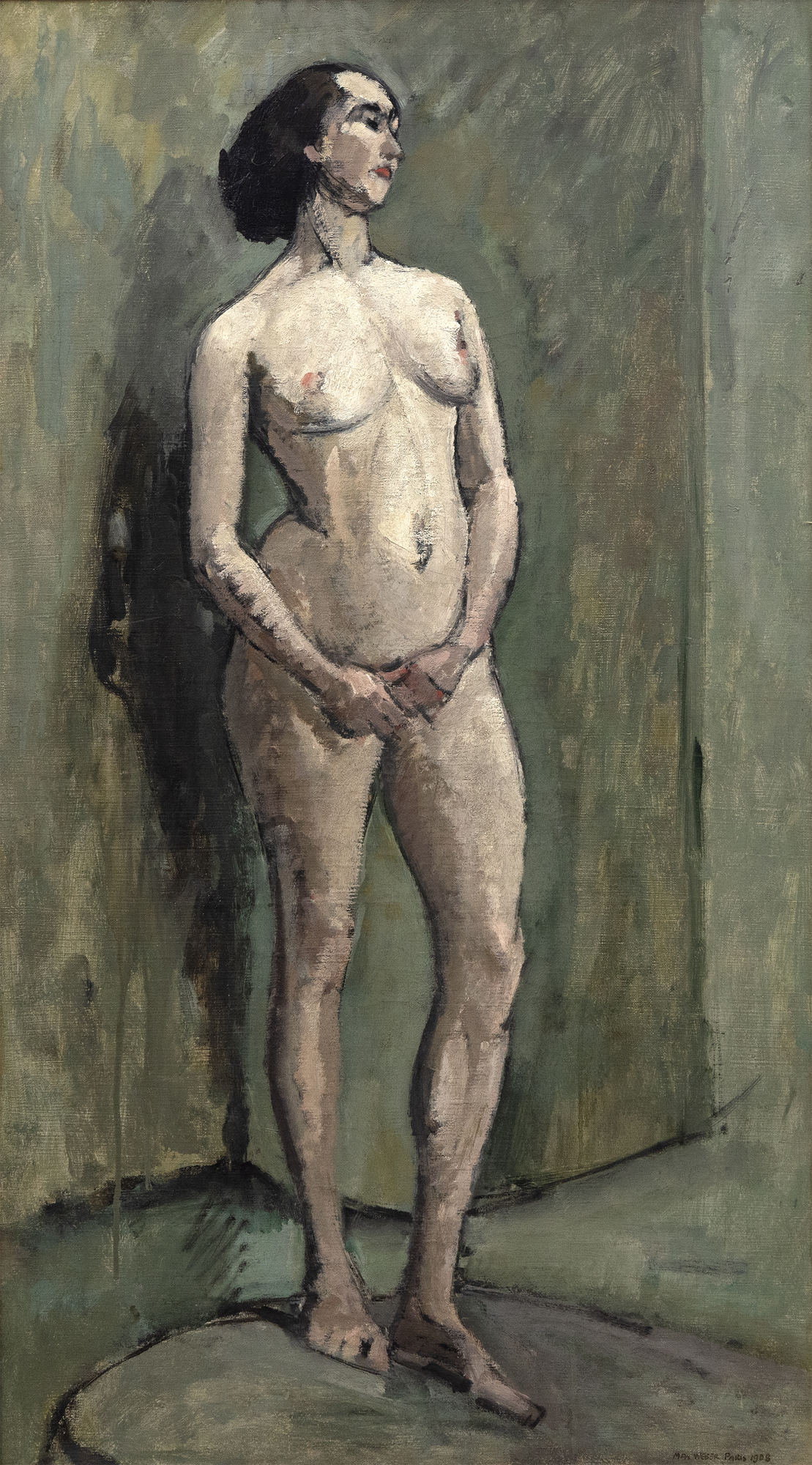
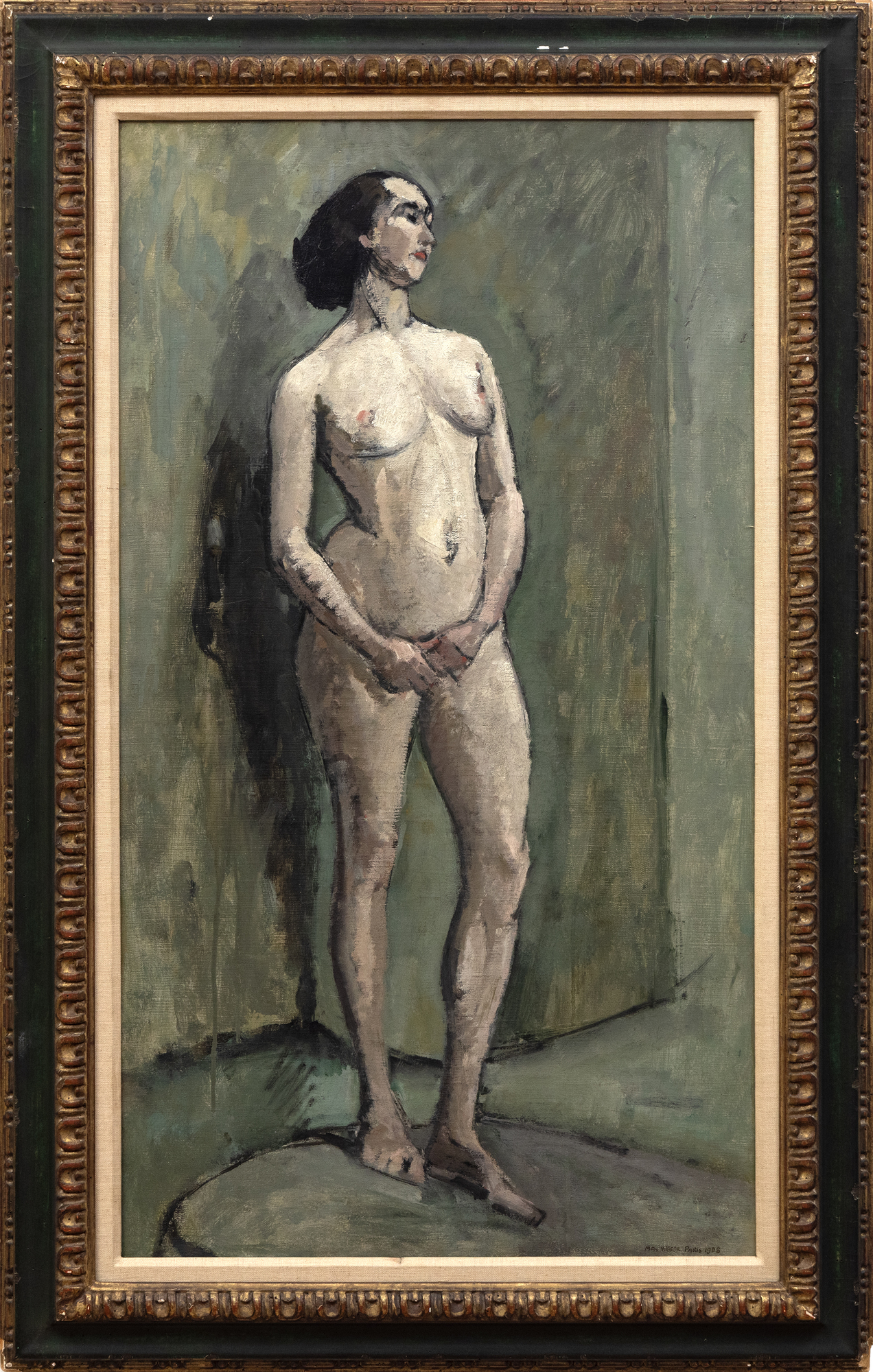
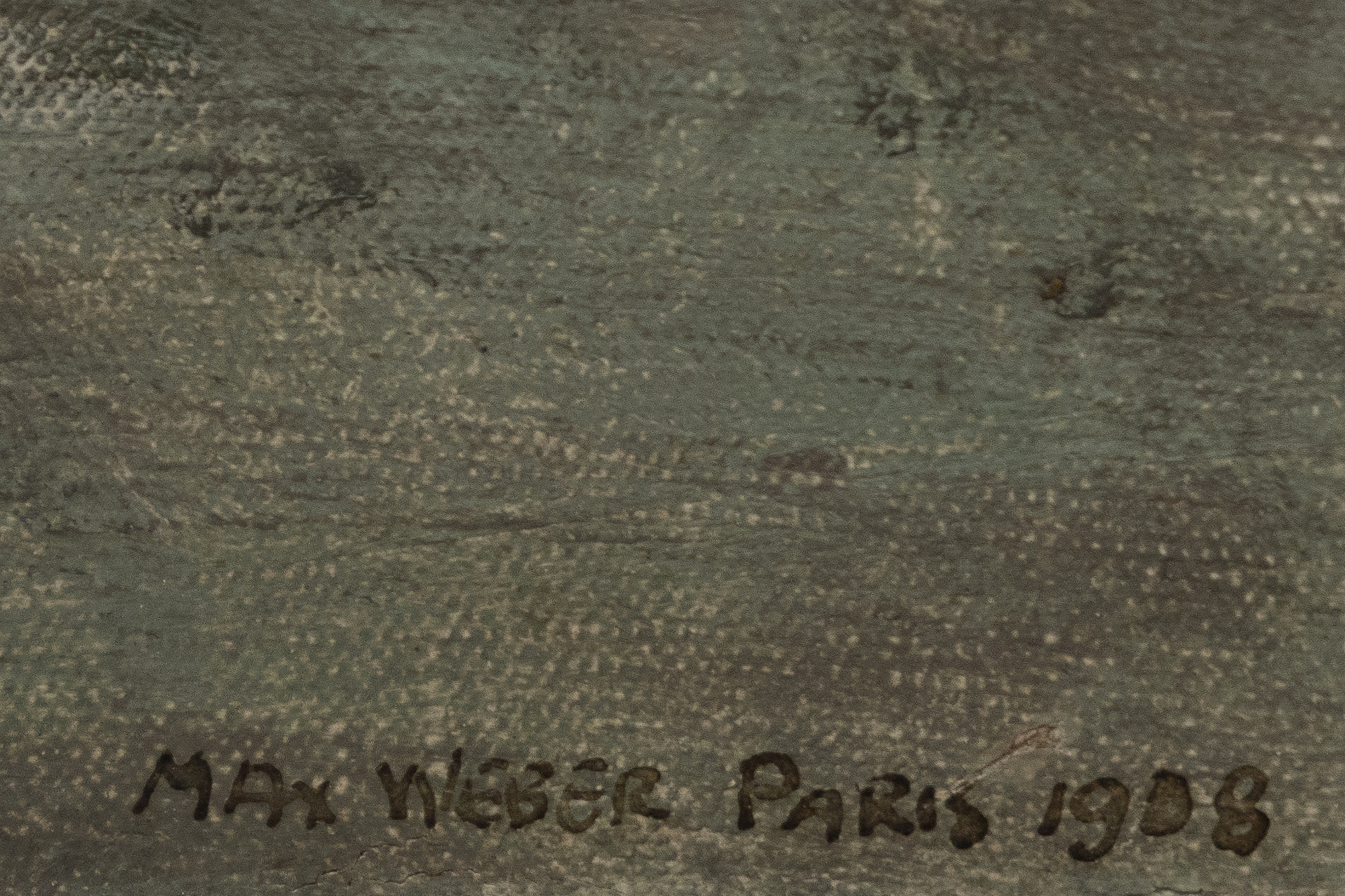
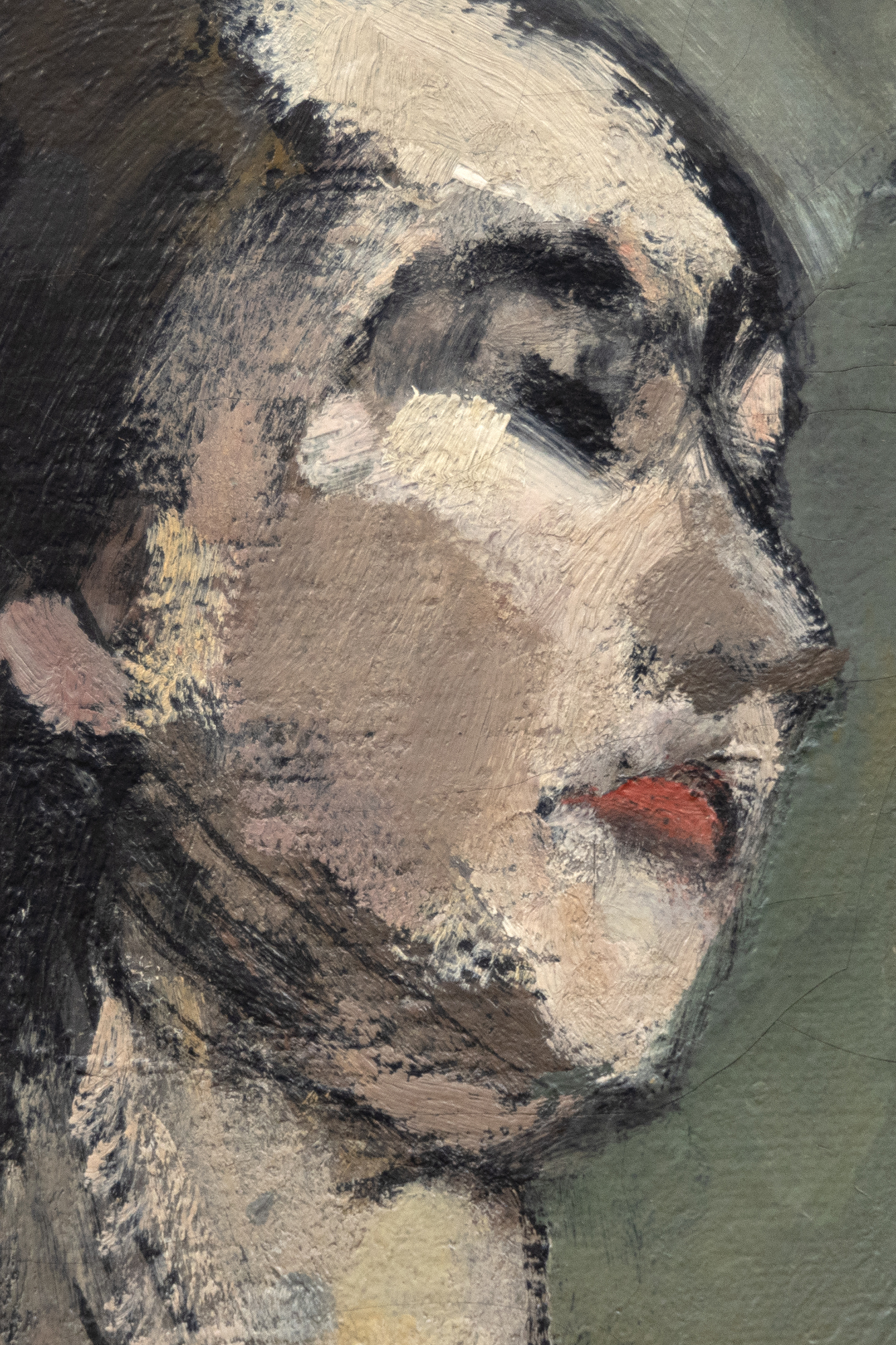
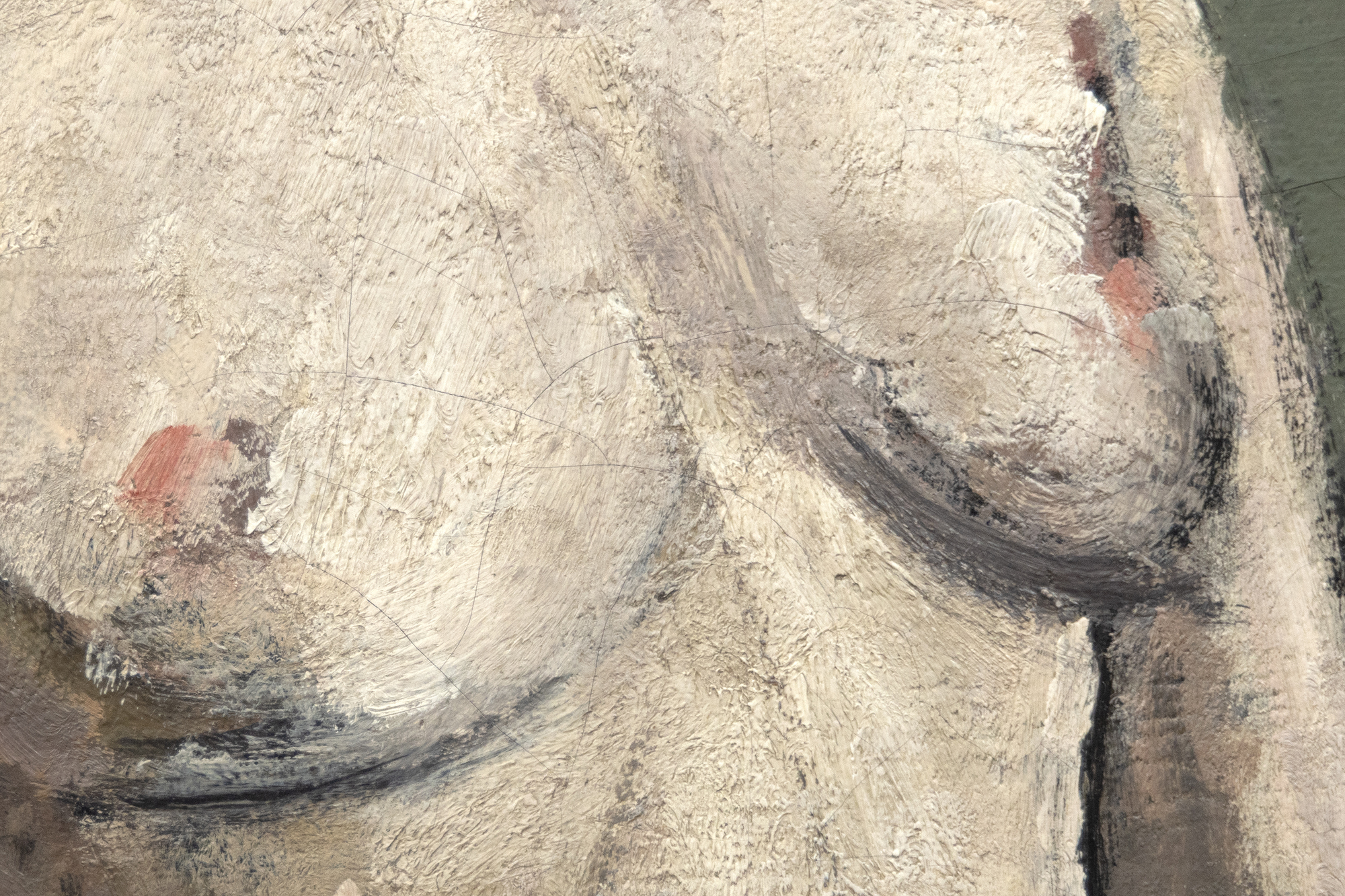
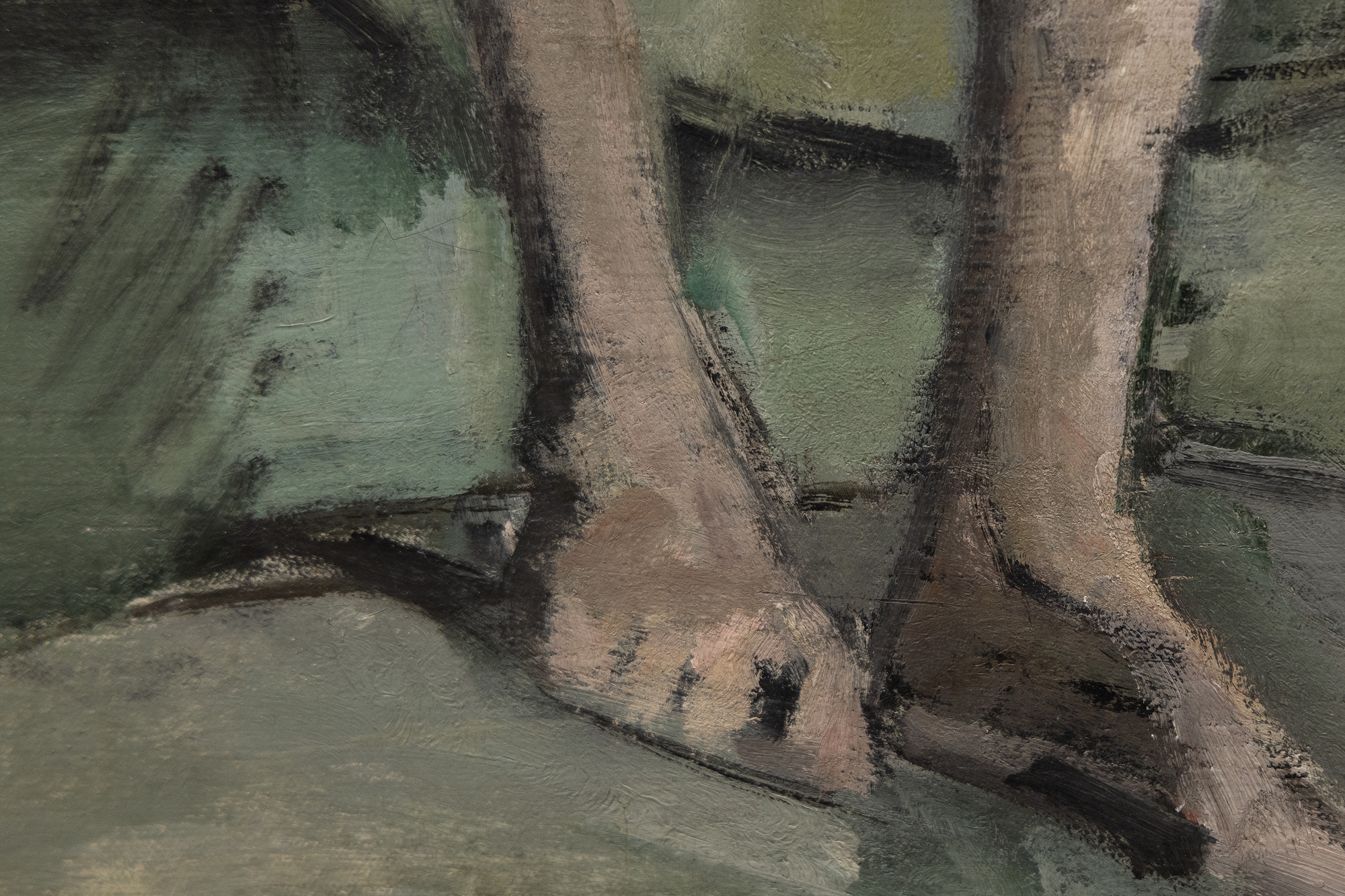
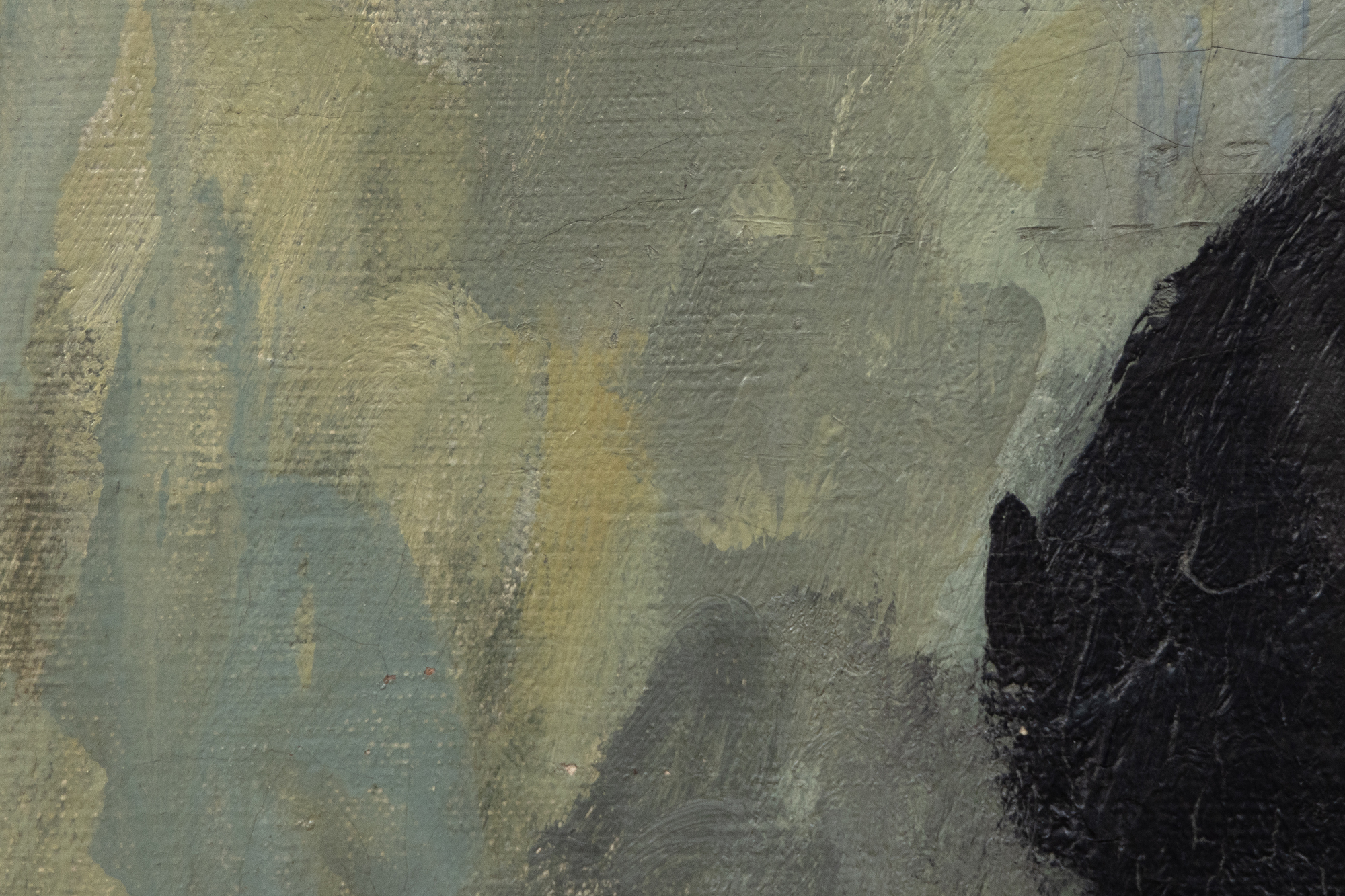
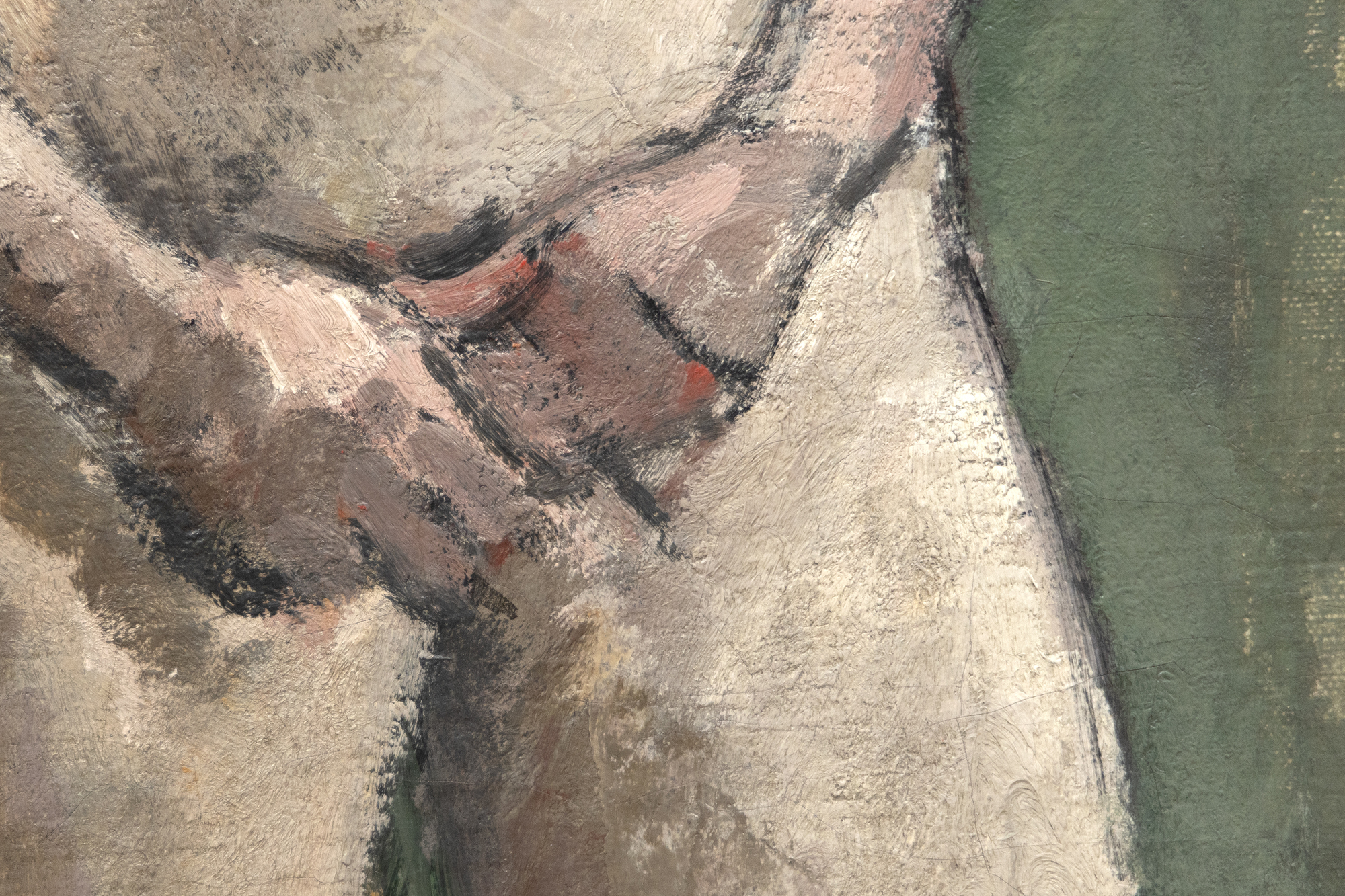
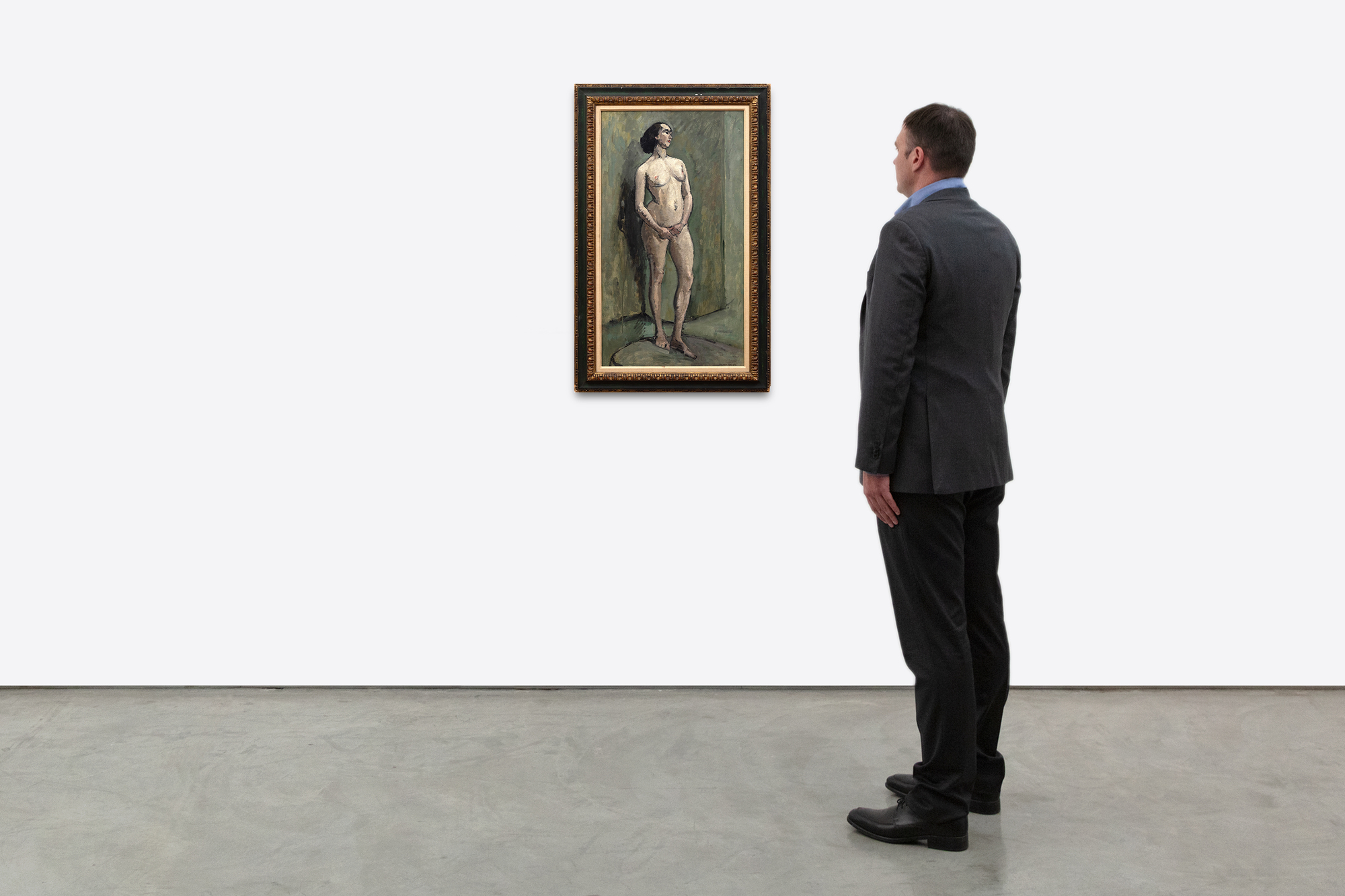
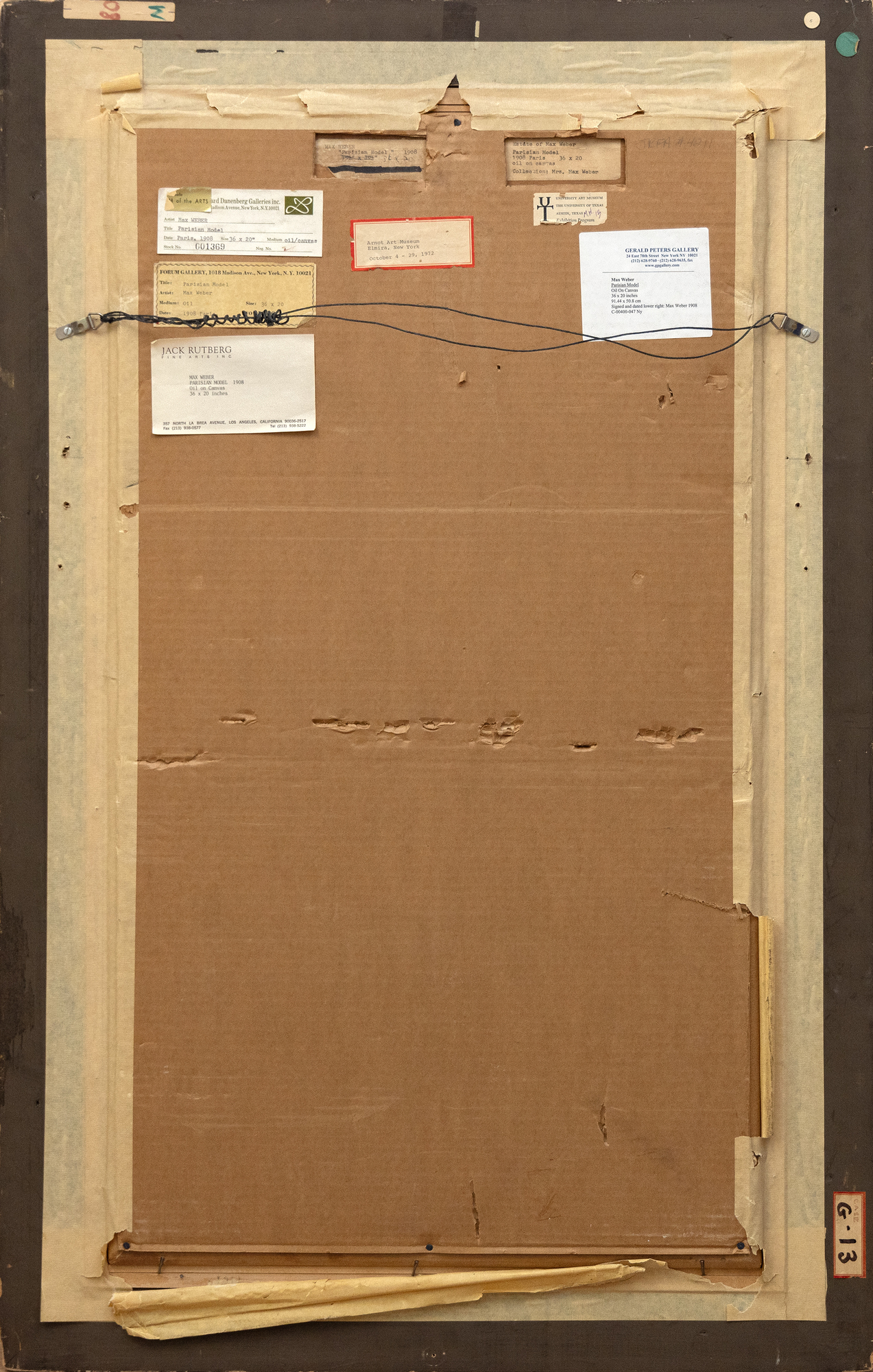
Provenance
Estate of the ArtistGerald Peters Gallery
Private Collection, 2005
Exhibition
New York, New York, Bernard Danenburg Galleries, Max Weber: The Years 1906-1916, 1970, no. 13Elmira, New York, Arnot Art Museum, October 4 - 29, 1972
Austin, Texas, University Art Museum, The University of Texas, n.d.


